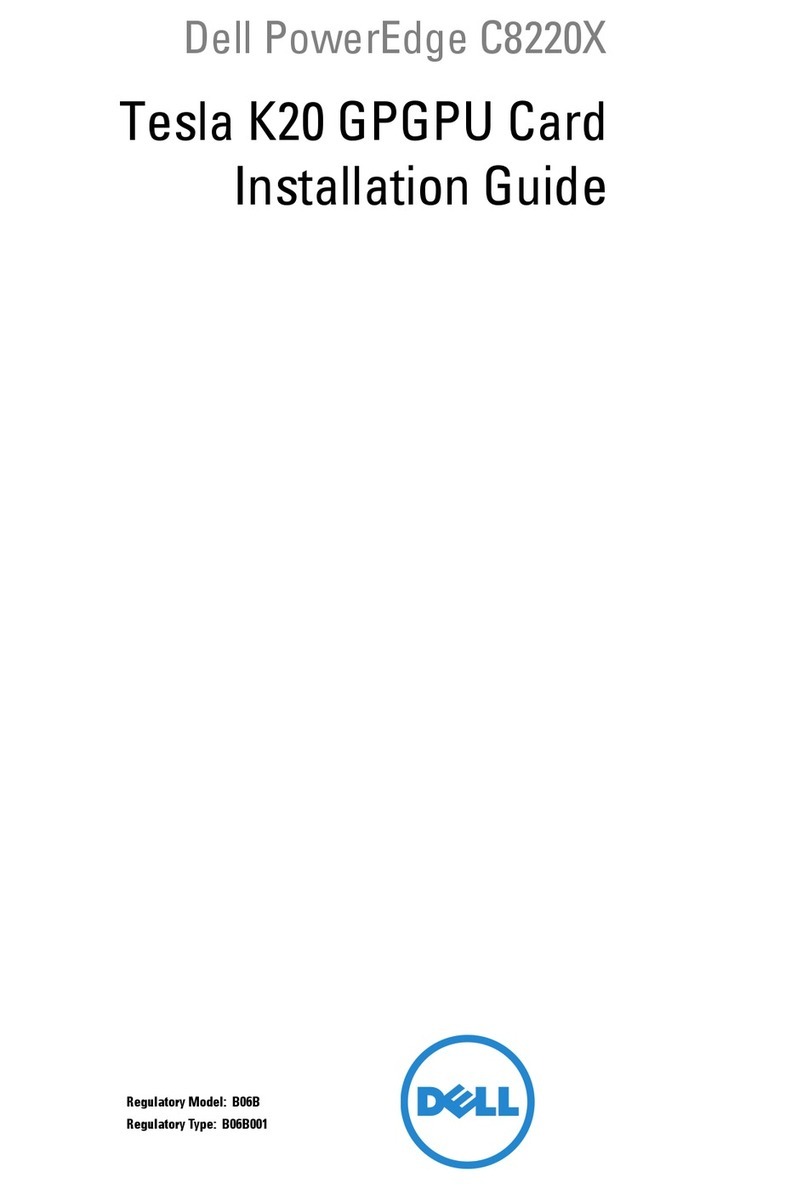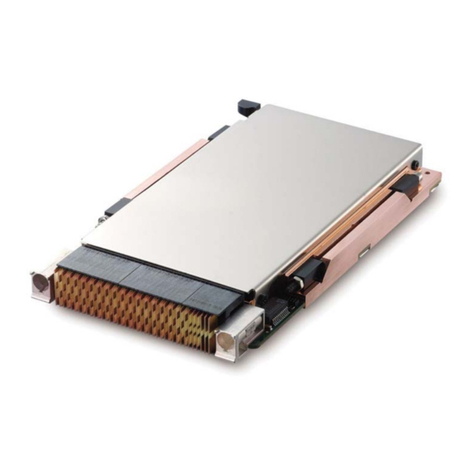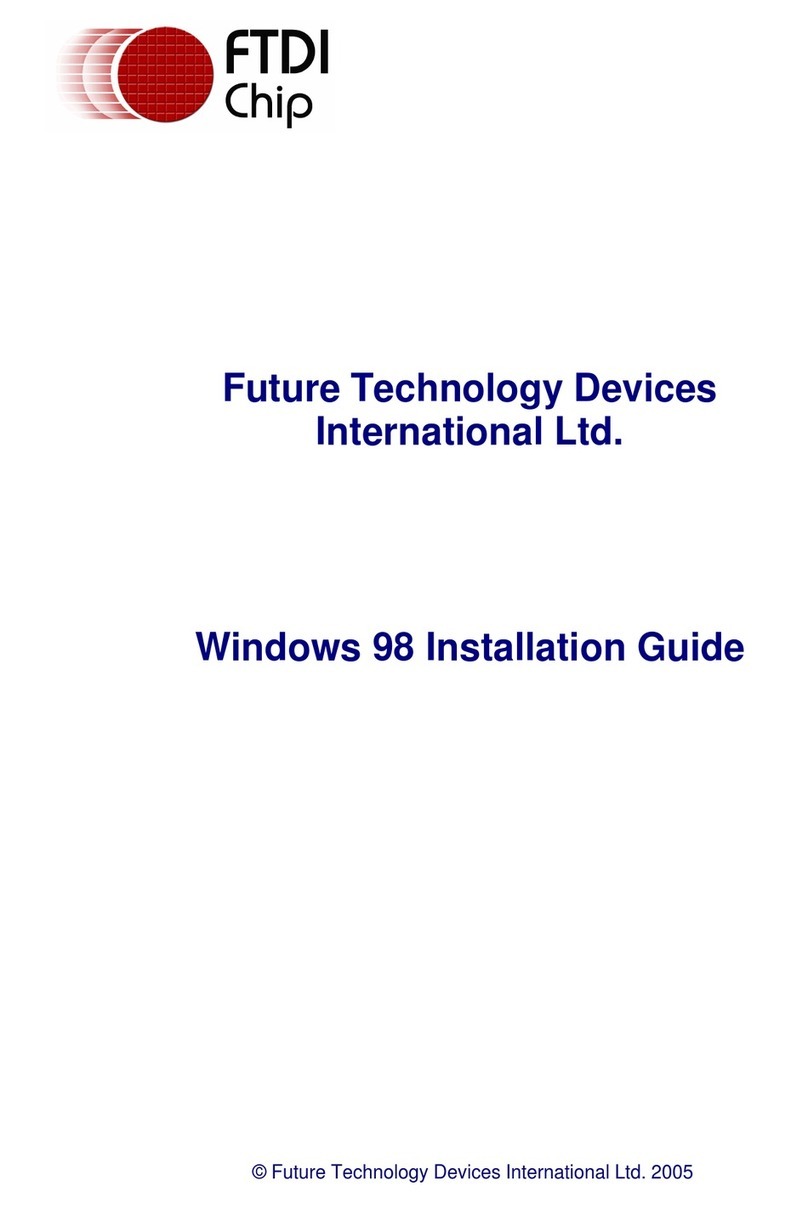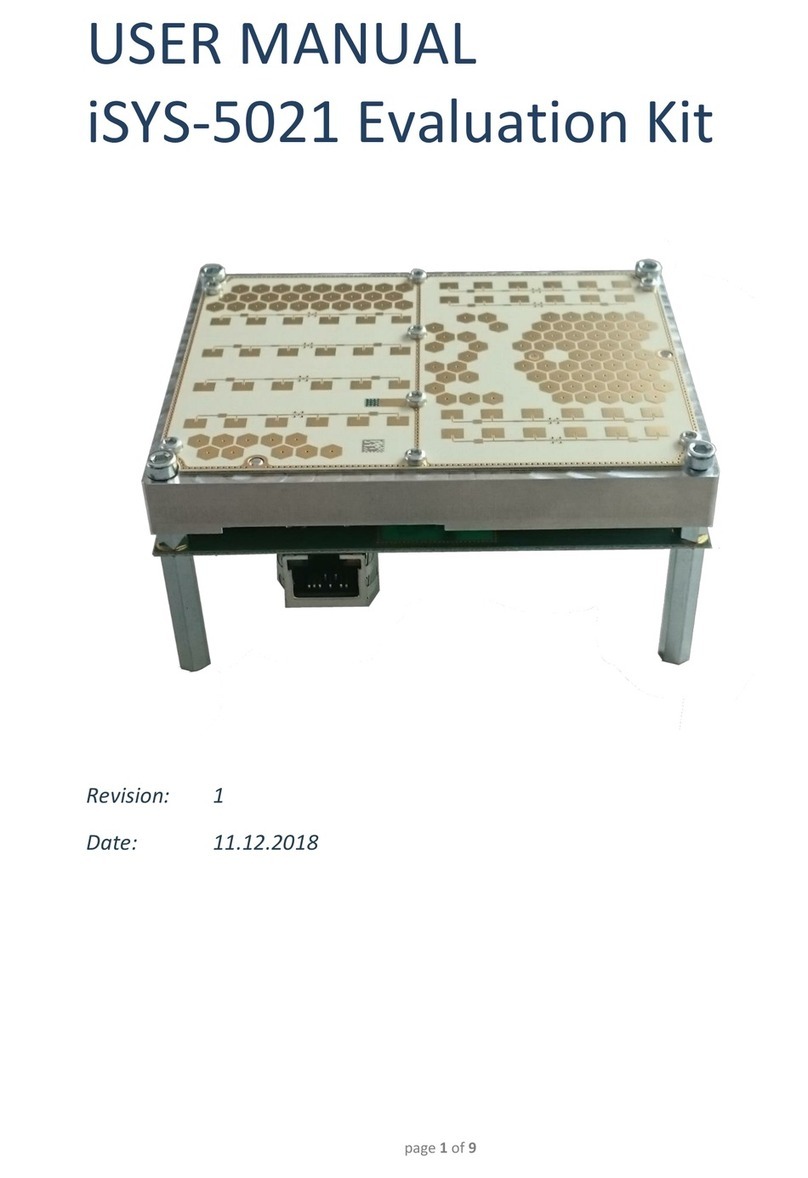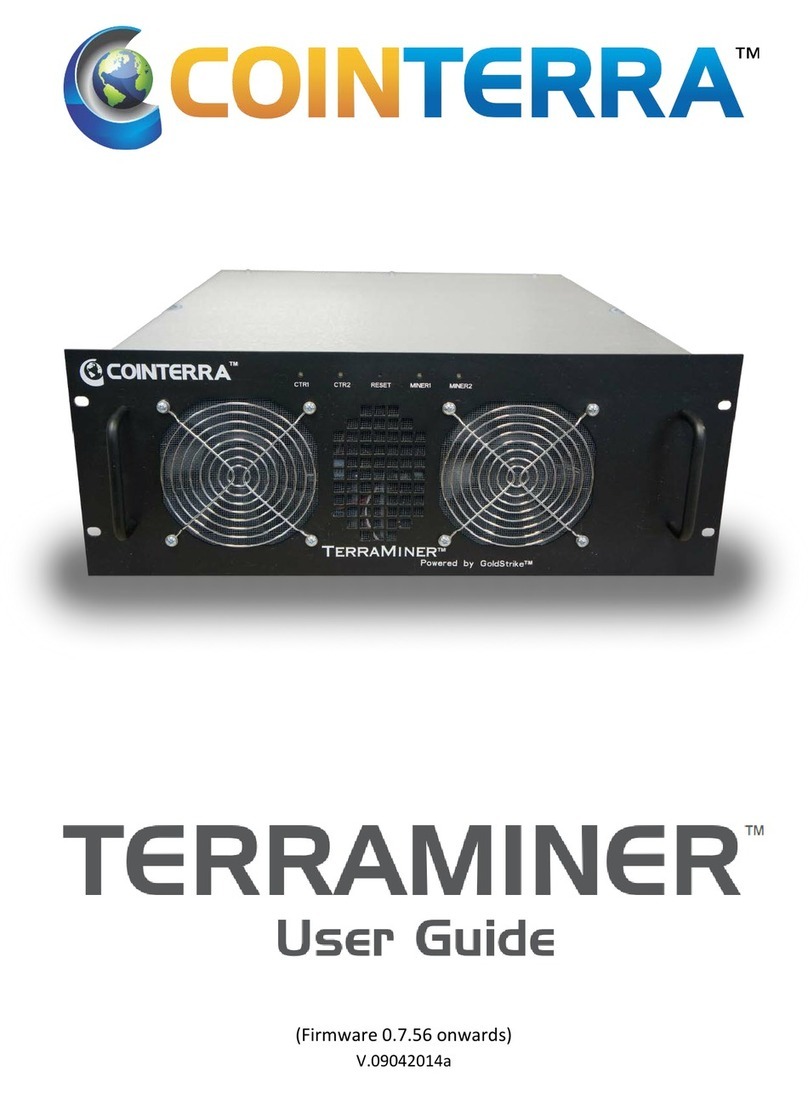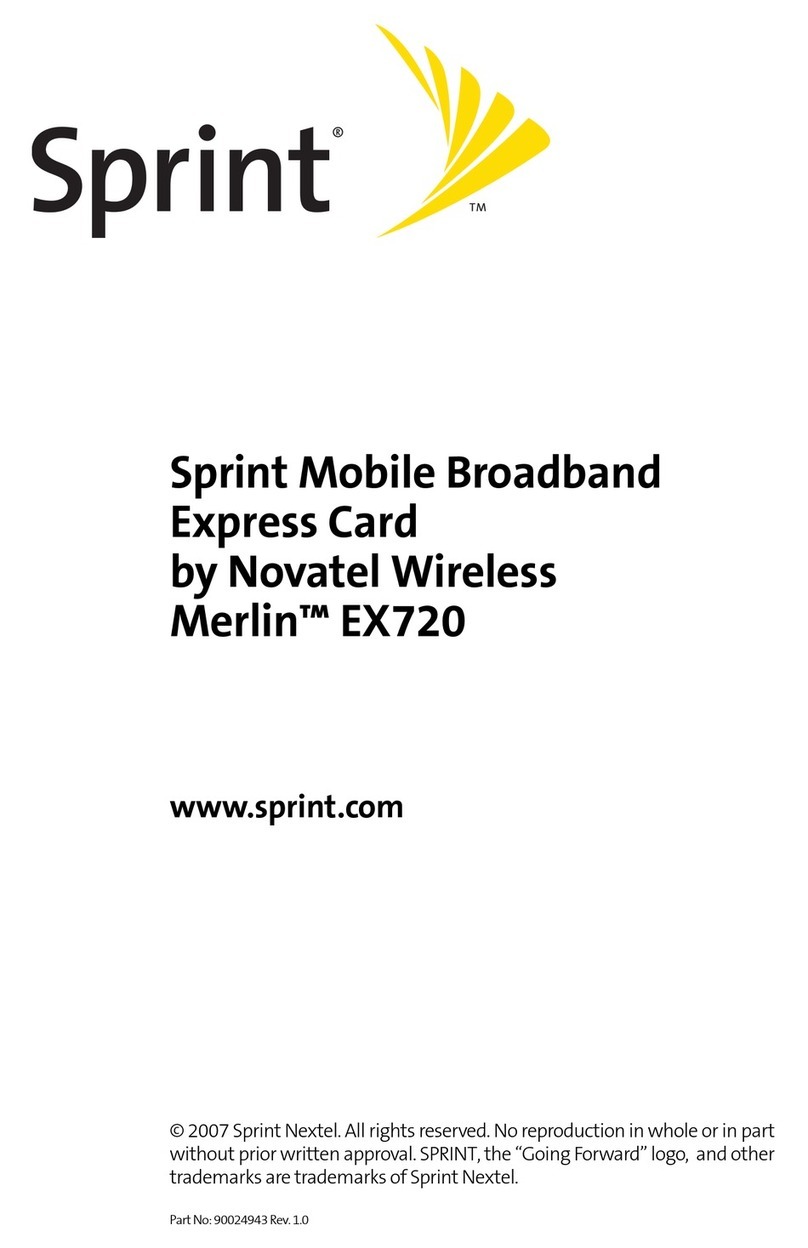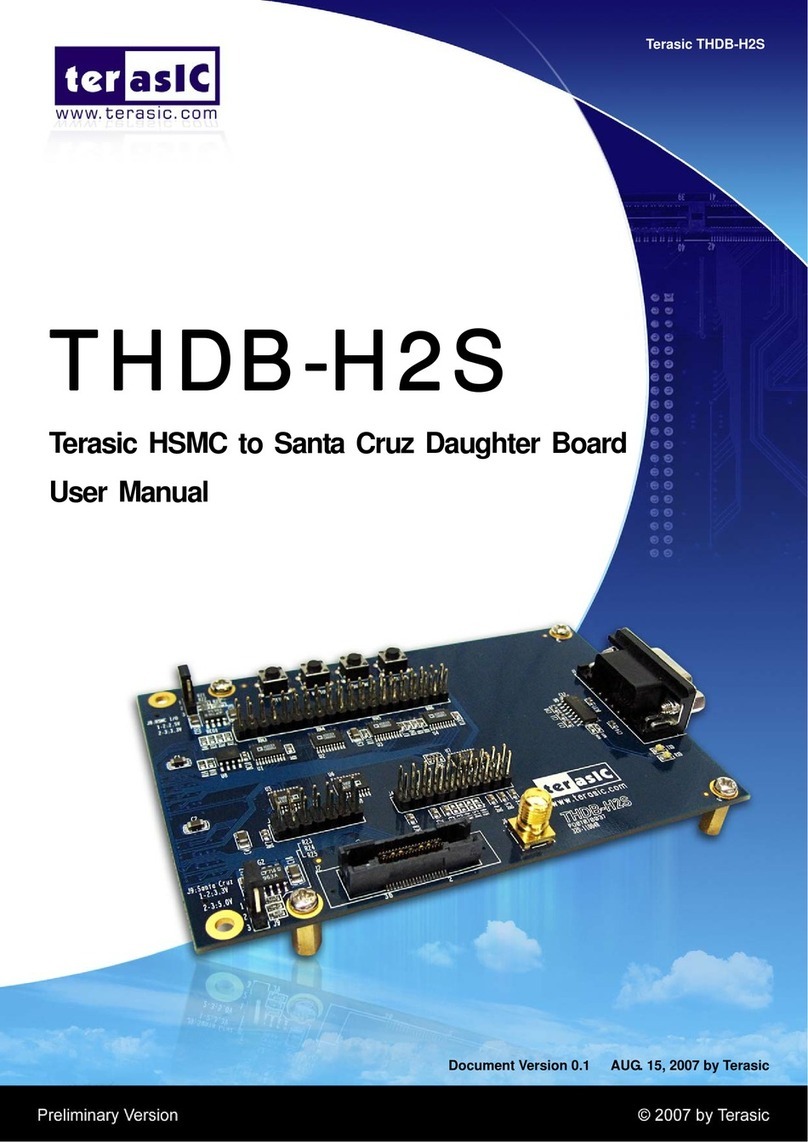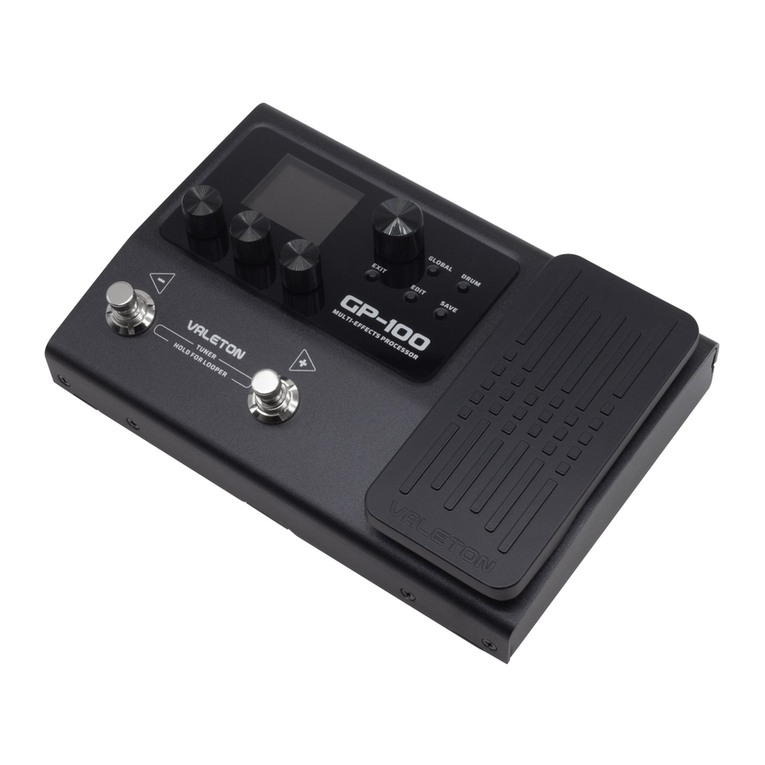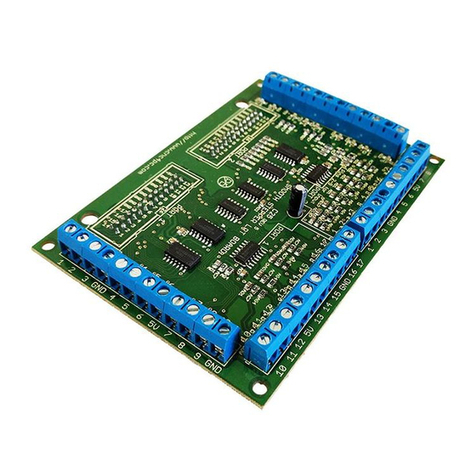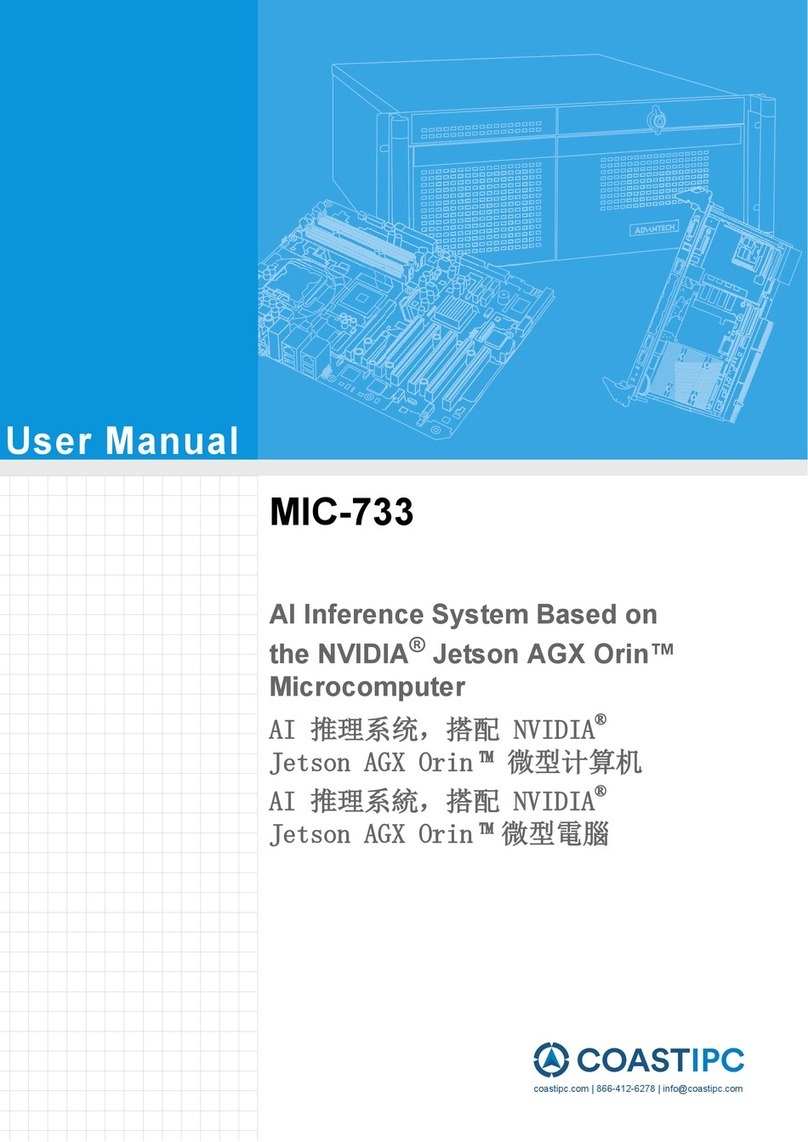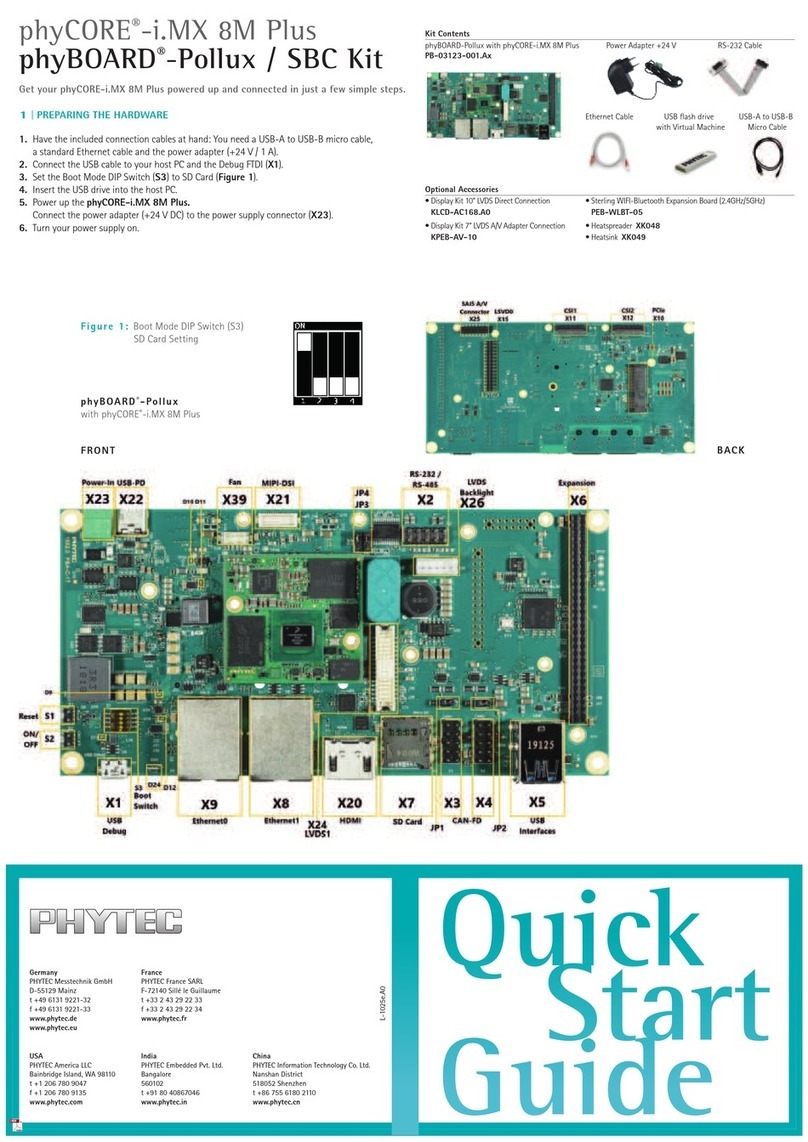Alldaq ADQ-330 Series User manual

Manual
Rev. 1.0 EN
ADQ-330/340 series
Isolated Multi I/O board –up to 32 analog inputs,
4 analog outputs, 32 digital I/Os, counter …

2
Manual ADQ-330/340 series Rev. 1.0
Imprint
Manual ADQ-330/340 series
Rev. 1.0
Date: 04/19/2018
Manufacturer and Support
ALLNET®and ALLDAQ®are registered trademarks of the ALLNET®GmbH Computersysteme. For questi-
ons, problems and product information please contact the manufacturer directly:
ALLNET®GmbH Computersysteme
Division ALLDAQ
Maistrasse 2
D-82110 Germering
Support
Email: support@alldaq.com
Phone: +49 (0)89 894 222 – 474
Fax: +49 (0)89 894 222 – 33
Internet: www.alldaq.com/support
© Copyright 2017 ALLNET GmbH Computersysteme. All rights reserved.
All information contained in this manual has been reviewed with great care. Nevertheless errors cannot
be eliminated completely. Specications and the content of this manual are subject to change without
notice.
We are appreciated for notication of possible errors.
Mentioned trademarks are registered trademarks of the respective companies.

3
Manual ADQ-330/340 series Rev. 1.0
Table of Content
1. Introduction ��������������������������������������������������������� 7
1.1 Scope of delivery �������������������������������������������������������� 7
1.2 Safety instructions ������������������������������������������������������� 7
1.3 Location of installation and mounting��������������������������������������� 8
1.4 Short description �������������������������������������������������������� 8
1.4.1 The ADQ-330 series in overview ��������������������������������������� 10
1.4.2 The ADQ-340 series in overview ��������������������������������������� 11
1.5 System Requirements ��������������������������������������������������� 12
1.5.1 Hardware ���������������������������������������������������������� 12
1.5.2 Software ���������������������������������������������������������� 12
1.6 The ALLDAQ Driver System ����������������������������������������������� 13
1.6.1 Architecture�������������������������������������������������������� 13
1.6.2 ALLDAQ Launcher ��������������������������������������������������� 14
1.6.3 ALLDAQ Manager �������������������������������������������������� 14
1.6.4 Pin-Assignment tool ������������������������������������������������� 16
1.6.5 Software Developer Kit (SDK) ����������������������������������������� 17
1.6.6 Help Files ���������������������������������������������������������� 17
1.6.7 LabVIEW™Support ������������������������������������������������� 18
1.6.8 MATLAB®Support �������������������������������������������������� 18
2. Initial operation ����������������������������������������������������� 19
2.1 Installing the board ����������������������������������������������������� 19
2.2 Software Installation ��������������������������������������������������� 20
2.2.1 Installation under Windows������������������������������������������� 20
2.3 Test programs ���������������������������������������������������������� 21
2.4 Adjustment/Calibration �������������������������������������������������� 22
2.4.1 Factory adjustment�������������������������������������������������� 22
2.4.2 User adjustment ���������������������������������������������������� 22
2.4.2.1 Analog Inputs ��������������������������������������������������� 23
2.4.2.2 Analog Outputs�������������������������������������������������� 24
2.4.3 DAkkS calibration ��������������������������������������������������� 24
3. Functional groups ��������������������������������������������������� 25
3.1 Block diagrams ��������������������������������������������������������� 25
3.1.1 Block diagram ADQ-330 series ���������������������������������������� 25
3.1.2 Block diagram ADQ-340 series ���������������������������������������� 26

4
Manual ADQ-330/340 series Rev. 1.0
3.2 Analog acquisition ������������������������������������������������������ 27
3.2.1 Wiring of the Analog Inputs ������������������������������������������ 29
3.2.1.1 Differential Voltage Inputs ���������������������������������������� 29
3.2.1.2 External Trigger A/D Section��������������������������������������� 30
3.2.1.2.1 Non-isolated Models ����������������������������������������� 30
3.2.1.2.2 Isolated Models���������������������������������������������� 31
3.2.2 Programming������������������������������������������������������� 31
3.2.2.1 Single Value Acquisition ������������������������������������������ 31
3.2.2.2 Timer-controlled Acquisition��������������������������������������� 31
3.3 Analog output���������������������������������������������������������� 33
3.3.1 Voltage Outputs ���������������������������������������������������� 33
3.3.2 Wiring������������������������������������������������������������� 35
3.3.2.1 Output voltage range��������������������������������������������� 35
3.3.2.2 External Trigger D/A Section ��������������������������������������� 35
3.3.2.2.1 Not-isolated Models ������������������������������������������ 36
3.3.2.2.2 Isolated Models���������������������������������������������� 36
3.3.3 Programming������������������������������������������������������� 36
3.3.3.1 Single Value Output ���������������������������������������������� 37
3.3.3.2 Timer-controlled Output ������������������������������������������ 37
3.4 Isolated digital inputs ��������������������������������������������������� 38
3.4.1 Digital input lter��������������������������������������������������� 38
3.4.2 Wiring������������������������������������������������������������� 38
3.4.3 Status LEDs �������������������������������������������������������� 39
3.4.4 Programming������������������������������������������������������� 39
3.4.4.1 Simple Reading �������������������������������������������������� 40
3.4.4.2 Streaming Operation ��������������������������������������������� 40
3.4.4.3 Interrupt Modes ������������������������������������������������� 40
3.4.4.3.1 Bit Change �������������������������������������������������� 40
3.4.4.3.2 Bit-pattern compare ������������������������������������������ 41
3.4.4.3.3 Power supply missing����������������������������������������� 41
3.4.4.3.4 Power supply too low����������������������������������������� 41
3.5 Isolated digital outputs �������������������������������������������������� 42
3.5.1 Wiring ������������������������������������������������������������ 42
3.5.2 Programming������������������������������������������������������� 43
3.5.2.1 Simple output ��������������������������������������������������� 43
3.5.2.2 Streaming Operation ��������������������������������������������� 43
3.5.2.3 Interrupt modes ������������������������������������������������� 43

5
Manual ADQ-330/340 series Rev. 1.0
3.6 Bi-directional digital I/Os ������������������������������������������������ 44
3.6.1 Wiring������������������������������������������������������������� 44
3.6.2 Programming������������������������������������������������������� 45
3.6.2.1 Simple input/output ���������������������������������������������� 45
3.6.2.2 Streaming Operation ��������������������������������������������� 45
3.6.2.3 Interrupt Modes ������������������������������������������������� 45
3.6.2.3.1 Bit Change �������������������������������������������������� 45
3.6.2.3.2 Bit-pattern compare ������������������������������������������ 46
3.7 Special Functions ������������������������������������������������������� 47
3.7.1 Wiring������������������������������������������������������������� 47
3.7.2 Description �������������������������������������������������������� 47
3.7.2.1 Counter �������������������������������������������������������� 47
3.7.2.2 I2C-Bus Port ����������������������������������������������������� 49
3.7.2.3 Incremental Encoder Port (in preparation, all details without guarantee) � 51
3.7.2.4 Frequency Measurement ������������������������������������������ 54
3.7.2.5 PWM Output ���������������������������������������������������� 55
3.7.3 Programming������������������������������������������������������� 56
4. Appendix����������������������������������������������������������� 57
4.1 Specications ���������������������������������������������������������� 57
4.2 Pinouts���������������������������������������������������������������� 66
4.2.1 68-pin VHDCI female connectors ADQ-33x (ST2A/B) ���������������������� 66
4.2.2 68-pin VHDCI female connectors ADQ-34x (ST2A/B) ���������������������� 67
4.2.3 HDMI connector (ST3)������������������������������������������������ 68
4.2.4 Supply connector for eld wiring (ST1) ��������������������������������� 68
4.2.5 25-pin D-Sub female connector (ST4) ����������������������������������� 69
4.2.6 Adapter cable with additional front bezel/mounting bracket ��������������� 69
4.2.7 Special terminal block ����������������������������������������������� 71
4.3 Accessories ������������������������������������������������������������ 72
4.3.1 Terminal blocks����������������������������������������������������� 72
4.3.2 Cables������������������������������������������������������������� 72
4.3.3 Additional front bezel/mounting bracket ������������������������������� 72
4.4 Manufacturer and support ����������������������������������������������� 73
4.5 Important notes �������������������������������������������������������� 73
4.5.1 Packaging ordinance ������������������������������������������������ 73
4.5.2 Recycling note and RoHS compliance ����������������������������������� 73
4.5.3 CE certication ����������������������������������������������������� 73
4.5.4 Warranty ���������������������������������������������������������� 74

6
Manual ADQ-330/340 series Rev. 1.0

Introduction 7
Manual ADQ-330/340 series Rev. 1.0 Introduction
1. Introduction
Please check the box and the content for damages and completeness before taking the device
into operation. If any fault should be detected please inform us immediately.
• Shows the packing some evidence to damaging during transport?
• Any traces of use to be recognized at the device?
The device may not be taken into operation if it is damaged. In case of doubt please contact our
technical service department.
Please read – before installing the device – this manual watchfully!
1.1 Scope of delivery
• ALLDAQ board of the ADQ-330/340 series for CompactPCI (4 HP) or PCI-Express
• Additional mounting bracket/bezel with 25-pin D-Sub female connector to 20-pin IDC
connector for cPCI systems (ADQ-AP-D25F-cPCI) resp. PCI-Express slots (ADQ-AP-D25F-
PCI)
• 25-pin D-Sub male connector
• 3-pin mating plug for ST1, Phoenix type MC 1,5/ 3-ST-3,5
• Driver software and documentation under: www.alldaq.com/en/downloads
Optional:
• Special terminal block for ADQ-330/340 series (ADQ-TB-300-HUT)
• 2 x 68-pin VHDCI cable (male - male), double-shielded, twisted-pair wires, length: 1.2m
(ADQ-CR-VHDCI-68M/68M-1,2m), art. no.: 150597 (2 x)
• 2 x 68-pin VHDCI cable (male - male), double-shielded, twisted-pair wires, length: 1.8m
(ADQ-CR-VHDCI-68M/68M-1,8m), art. no.: 146813 (2 x)
• HDMI cable, length: 1m (ADQ-CR-HDMI-MM-1m), art. no.: 127015
1.2 Safety instructions
Necessarily note the following advices:
• Necessarily avoid touching of cables and connectors inside the PC with the board.
• Never expose the device to direct solar radiation during operation.
• Never run the device near heat sources.
• Protect the device before humidity, dust, liquids and fumes.
• Don´t use the device in damp rooms and never in explosive areas.
• A repair may only be done by trained and authorized persons.

8 Introduction
Introduction Manual ADQ-330/340 series Rev. 1.0
• Please note before initial operation of the device especially when using voltages greater
42 V the installation rules and all relevant standards (including VDE standards).
• We recommend to tie all unused inputs basically to the corresponding reference ground to
avoid cross talk between the input lines.
• Before connecting or removing cables with your board always disconnect your eld wiring
from the power supply.
• Ensure that no static discharge can occur passing the board when handling it. Follow the
standard ESD safety precautions (see also chapter 2.1 on page 19).
• Never connect devices with voltage-carrying parts, especially not with mains voltage.
• The user must take appropriate precautions to avoid unforseeable misuse.
For damages caused by improper use and subsequent damages any liability by ALLNET®GmbH
Computersysteme is excluded.
1.3 Location of installation and mounting
The CompactPCI resp. PCI-Express boards of the ADQ-330/340 series are multi I/O data acqui-
sition boards for industrial use. Depending on the model they are for installation…
… into a free PCI-Express slot (ADQ-330/340-PCIe), or
… into a free CompactPCI slot (ADQ-330/340-cPCI).
PC boards may not be taken into operation outside of appropriate PC systems. For the order of
operation on installing the devices please read the chapter „Initial operation“ in this manual
and the documentation of your PC.
The ADQ-330/340 series may only be used in dry rooms. PC boards are not for use with tough
environment conditions (e.g. outside). Ensure a very good ventilation. Take care for proper
tting of the connection cables. Installation has to be done in a way that the cables (PC connec-
tion and eld wiring) are not in tension else they could release itself.
1.4 Short description
The ALLDAQ multi I/O boards of the ADQ-330/340 series are available isolated (ADQ-34x) and
non-isolated (ADQ-33x) versions for CompactPCI bus. They offer a very wide functional scope
for universal use in the industrial eld. For extra fail-safe measurements on the ADQ-34x mo-
dels the analog and digital functional groups are electrically isolated from each other and PC
ground.
Common to all models is the simultanous 18 bit analog input section with 16 or 32 differential
input channels which are aggregated in channel groups (also called AI ports) with 8 channels
each. Depending on the number of actively used channels per AI port the sample rate is bet-
ween 200 kS/s and 800kS/s. The values can be sampled as single values or timer-controlled. On
demand the measurement can be started by one external trigger input per AI port. The input
ranges ±10.24V, ±5.12 V, 0-10.24V, 0-5.12 V insure always the best accuracy with full 18bit
resolution. On request a 0-20mA input range is possible.

Introduction 9
Manual ADQ-330/340 series Rev. 1.0 Introduction
The 16bit analog output section with up to 4 channels can output single values or timer-cont-
rolled with up to 500kS/s per channel. Beside the standard signal curves like sine, rectangular,
triangular, ramp and other pre-dened signals the boards can also generate arbitrary wave-
forms, e. g. for hardware in the loop (HiL) applications.
The boards of the non-isolated ADQ-33x models are equipped with 32 TTL digital-I/Os whose
direction can be switched by port (8 bit wide). The ADQ-34x models offer 16 TTL digital-I/Os,
8 isolated digital inputs (up to 35 V) and 8 isolated digital outputs with power drivers up to
600 mA per output. The voltage level of all TTL digital I/Os can be switched between +3.3 V and
+5V in common by software.
As far as a digital port is congured as input, the input lines can be monitored on bit-change
and generate an interrupt. The streaming operation enables the continuous reading resp. wri-
ting of a bit-pattern from resp. to all DI, DO and DIO ports up to 10 kHz (depending on the
operating system and computer conguration).
The analog and digital I/Os of the board are divided to two 68-pin VHDCI female connectors, the
16 TTL digital I/Os are available on demand by an additional mounting bracket/bezel (included).
A 3-pin Phoenix type clamp provides power for your external wiring with short-circuit-proof
5V/3A and 12V/2A from the PC. Both voltages are fused by a resetable fuse of type Polyfuse.
Special functions* like 32 bit counter, I2C bus, incremental encoder, frequency measurement
and PWM output are available by a HDMI connector (in preparation).
• 32bit counter, clock source internal or external up to 66 MHz (inputs: enable, ext. trigger,
ext. clock, output: strobe)
• I2C bus port, operation of the ADQ-330/340 as master in fast mode (clock: SCL, data: SDA)
• Incremental encoder port (A input, B input, ext. reset input)
• Frequency measurement input for rectangular signals up to 660kHz (counter input)
• PWM output of a rectangular signal up to 33MHz with adjustable duty factor (enable input,
PWM output)
The voltage level of all special I/Os can be switched between +3.3 V and +5 V by software in
common with the TTL digital I/Os.

10 Introduction
Introduction Manual ADQ-330/340 series Rev. 1.0
1.4.1 The ADQ-330 series in overview
ADQ-331
(Art. no. 142251)
ADQ-332
(Art. no. 142252)
ADQ-334
(Art. no. 142253)
PC interface CompactPCI
Analog inputs
Number of channels 16 pseudo-differential 32 pseudo-differential
Resolution 18bit 18bit
Sample rate 200kS/s up to 800 kS/s synchronous
(1channel: 800 kS/s, 2 channels: 550 kS/s, 8 channels: 200 kS/s)*
Input ranges ±10.24 V, ±5.12 V, 0..10.24 V, 0..5.12 V
(0..20 mA on request)
Isolation AI section see ADQ-340 series (table )
Analog outputs
Number of channels –2 channels 4 channels
Resolution –16bit (±10.24 V)
Output rate –500 kS/s synchronous
Isolation AO section see ADQ-340 series (table )
Digital I/Os
TTL I/Os 32 TTL DIOs (3.3V or 5 V switchable)
Isolated DIOs see ADQ-340 series (table )
Special functions** 1 x 32 bit counter, 1 x I2C bus, 1 x incremental encoder, 1 x frequency measurement,
1xPWM output
Table 1: Overview ADQ-330 series
*Sample rate depending from number of actively used channels per channel group (AI-Port), one channel group consists
of 8 channels (1channel: 800 kS/s, 2 channels: 550 kS/s, 8 channels: 200 kS/s)
**in preparation

Introduction 11
Manual ADQ-330/340 series Rev. 1.0 Introduction
1.4.2 The ADQ-340 series in overview
ADQ-341
(Art. no. 142254)
ADQ-342
(Art. no. 142255)
ADQ-344
(Art. no. 142256)
PC interface CompactPCI
Analog inputs
Number of channels 16 pseudo-differential 32 pseudo-differential
Resolution 18bit 18bit
Sample rate 200kS/s up to 800 kS/s synchronous
(1channel: 800 kS/s, 2 channels: 550 kS/s, 8 channels: 200 kS/s)*
Input ranges ±10.24 V, ±5.12 V, 0..10.24 V, 0..5.12 V
(0..20 mA on request)
Isolation AI section 1500 VDC (60s) towards PC ground
Analog outputs
Number of channels –2 channels 4 channels
Resolution –16bit (±10.24 V)
Output rate –500 kS/s synchronous
Isolation AO section 1500 VDC (60s) towards PC ground
Digital I/Os
TTL I/Os 16 TTL DIOs (3.3 V or 5 V switchable)
Isolated DIOs 8 isolated DIs, 8 isolated DOs up to 600mA per output
Isolation DIO section 500 VAC gegenüber PC-Masse
Special functions** 1 x 32 bit counter, 1 x I2C bus, 1 x incremental encoder, 1 x frequency measurement,
1xPWM output
Table 2: Overview ADQ-340 series
*Sample rate depending from number of actively used channels per channel group (AI-Port), one channel group consists
of 8 channels (1channel: 800 kS/s, 2 channels: 550 kS/s, 8 channels: 200 kS/s)
**in preparation

12 Introduction
Introduction Manual ADQ-330/340 series Rev. 1.0
1.5 System requirements
1.5.1 Hardware
• PC system with a current Intel®or compatible processor based on the x86(-64) architecture
• A free PCI-Express x1 resp. CompactPCI slot with 4 HP width
• On demand one further PCI slot resp. CompactPCI slot (4 HP) for 16 TTL DIO ports
1.5.2 Software
• Operating system
– Windows 7 (32 and 64 bit)
– Windows 8/8.1 (32 and 64 bit)
– Windows 10 (32 and 64 bit)
• ALLDAQ device driver
• Some tools and examples require the Microsoft .NET framework.

Introduction 13
Manual ADQ-330/340 series Rev. 1.0 Introduction
1.6 The ALLDAQ driver system
1.6.1 Architecture
The ALLDAQ driver system consists of several kernel mode device driver and an user mode DLL,
which provides the application programming interface (API). The API is exported from a shared
library for the different Windows platforms (32/64 bit). During installation, the libraries are
copied to the respective Windows system directory.
A so-called "board" represents a hardware device which is installed in your computer and
connected via PCI (Express) bus.
ALLDAQ Driver API (Application Programming Interface)
(32 bit: adqDevice.dll, 64 bit: adqDevice_64.dll )
ALLDAQ
Device Driver
ALLDAQ
Device Driver
ALLDAQ
Device Driver
High level language programming / ALLDAQ SDK Third party programming support
C++ | C-Sharp | Visual Basic | Delphi/Pascal | Python
ALLDAQ Tools
ALLDAQ Manager
ALLDAQ Trace
ALLDAQ
Device Driver
User mode
Kernel mode
Hardware
CompactPCI / CompactPCI Serial / PCI-Express
Board 0 Board 1 Board 2 Board n
Figure 1: ALLDAQ driver system architecture
All boards are listed in the Windows Device Manager under "ALLDAQ Data Acquisition De-
vices". A board consists of one or more modules of a certain type, e. g. "Digital Input", "Digital
Output", "Analog Input", "Counter" etc. Modules can always be used independently of each
other. The board index is assigned by the operating system during the boot process.

14 Introduction
Introduction Manual ADQ-330/340 series Rev. 1.0
1.6.2 ALLDAQ-Launcher
Using the so-called ALLDAQ Launcher you can conveniently access the ALLDAQ Manager, the
Software Developer Kit (SDK), software tools, help les and manuals. You can open the ALL-
DAQ Launcher in the info area of the taskbar with the right mouse button or via the Windows
start menu.
Figure 2: ALLDAQ-Launcher
1.6.3 ALLDAQ-Manager
The ALLDAQ-Manager gives you a quick overview of the installed ALLDAQ hardware and a
central access to the software developer kit (SDK), software tools and help les. You can open
the ALLDAQ Manager by the so-called ALLDAQ Launcher in the info area of the taskbar or via
the Windows start menu.
Features in overview:
• Information on the installed ALLDAQ hardware in overview
• XML export of the driver conguration for archiving and support
• Tool for interactive illustration of the pin-assignment with the possibility to generate a PDF
• Tool for user calibration of analog modules
• Convenient access to the software developer kit (SDK) for high-level language program-
ming with examples and simple test programs
• Quick access to the help les and hardware manuals

Introduction 15
Manual ADQ-330/340 series Rev. 1.0 Introduction
Figure 3: ALLDAQ-Manager

16 Introduction
Introduction Manual ADQ-330/340 series Rev. 1.0
1.6.4 Pin-assignment tool
Tool for interactive illustration of the pin-assignment with the possibility to generate a PDF.
Figure 4: Pin-Assignment tool

Introduction 17
Manual ADQ-330/340 series Rev. 1.0 Introduction
1.6.5 Software developer kit (SDK)
The software developer kit (SDK) offers programming support with examples for C++, C#,
Visual Basic, Delphi/Pascal and Python®. Numerous EXE programs can be used to test the
individual function groups.
Figure 5: Example programs
1.6.6 Help les
Detailed help les for driver API, SDK, Matlab, LabVIEW and Python make programming easier.
Figure 6: Help les for API, SDK, Matlab, LabVIEW and Python

18 Introduction
Introduction Manual ADQ-330/340 series Rev. 1.0
1.6.7 LabVIEW™support
A library with virtual instruments (VIs) for easy access to the ALLDAQ hardware is included with
the ALLDAQ SDK.
Figure 7: Graphical programming with LabVIEW™VIs
1.6.8 MATLAB®support
An adapted MATLAB®interface for the ALLDAQ hardware with examples and a help le is
included with the ALLDAQ SDK.
Figure 8: Simple visualisation of a signal in MATLAB®

Initial operation 19
Manual ADQ-330/340 series Rev. 1.0 Initial operation
2. Initial operation
2.1 Installing the board
Please read the manual of your computer prior installing the board regarding the installation of
additional hardware components.
Handling the board should be done with care to ensure that the device will not be damaged
by electrostatic discharge (ESD), mechanical stress or current surges. Ensure to take all safety
precautions to avoid an electric shock and follow the standard ESD safety precautions.
Follow this order of operation:
• Unplug the mains plug of your PC system.
• Open the housing as described in the manual of your PC system.
• Make sure that electrostatic discharge cannot occur via the board when you plug it in. At
least one hand should be grounded in order to dissipate any static charge.
• Only for PCI Express models: for the +5V supply of the board an additional supply by the
PC power supply is neccessary (current consumption without load 300mA typ.). Connect
a free power connector of your PC (e.g. as used for powering drives) with the appropriate
„MOLEX“ male connector of your PCIe board (see the following diagram). On demand ad-
apter (cables), e.g. from 13-pin SATA power supply male connector to 4-pin MOLEX female
connector are available in specialized shops.
+5 V (PC)
GND_PC
GND_PC
n. c.
Figure 9: 5V supply for PCI Express models
Attention: If you take the board into operation without connecting the +5V supply
the board can be irreverseable damaged!

20 Initial operation
Initial operation Manual ADQ-330/340 series Rev. 1.0
• Push the plug-in board carefully and with only a little force into the appropriate slot. Check
that the board is not cant and fully plugged in.
• If you want to use the additional mounting bracket for the TTL digital I/Os choose two slots
side by side for installation. Remove (if neccessary) an additional blind bracket for the slot.
• Screw all mounting brackets.
• Close the housing as described in the manual of your PC system
2.2 Software installation
2.2.1 Installation under Windows
The ALLDAQ driver system is installed with a comfortable installation routine (optionally as
32bit or 64 bit package). Run the le ALLDAQDriverSetup32.exe for 32bit systems resp.
ALLDAQDriverSetup64.exe for 64 bit systems in the target directory of your download.
Device drivers, programs, the Software Developer Kit (SDK), help les, manuals and if necessa-
ry, further software components will be installed. The "Advanced" option allows you to select
individual installation components, such as Virtual Instruments (VIs) for your LabVIEW installa-
tion. You can install and uninstall individual components at any time via the Windows Control
Panel.
Figure 10: Installation program
After installation is complete, the ALLDAQ Launcher will start. The system tray icon - usually
in the bottom right corner of the screen - allows you easy access to the ALLDAQ Manager, the
Software Developer Kit (SDK), software tools, help les and manuals with the right mouse
button. Alternatively, you can also access the ALLDAQ software from the Windows Start menu.
This manual suits for next models
7
Table of contents
Popular Computer Hardware manuals by other brands
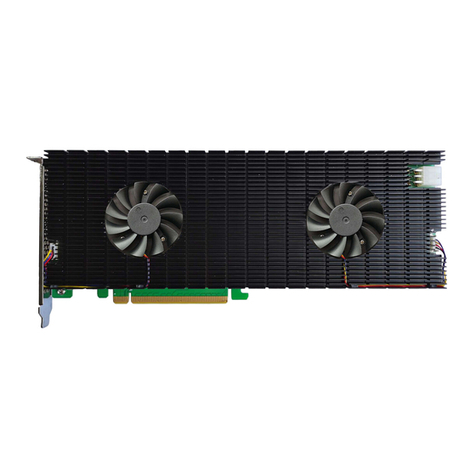
HighPoint
HighPoint SSD7540 installation guide
Cypress Semiconductor
Cypress Semiconductor ISR 37000 CPLD Specification sheet
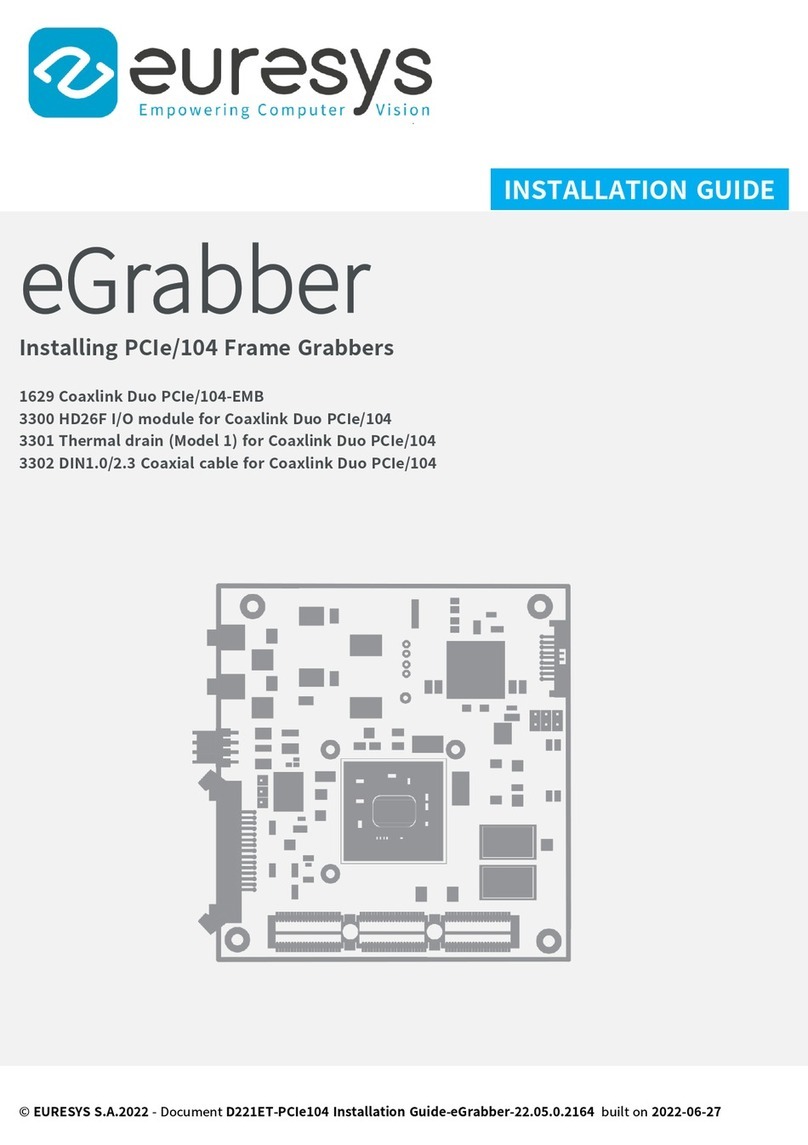
Euresys
Euresys eGrabber installation guide

Renesas
Renesas F-ZTAT H8 Series Hardware manual
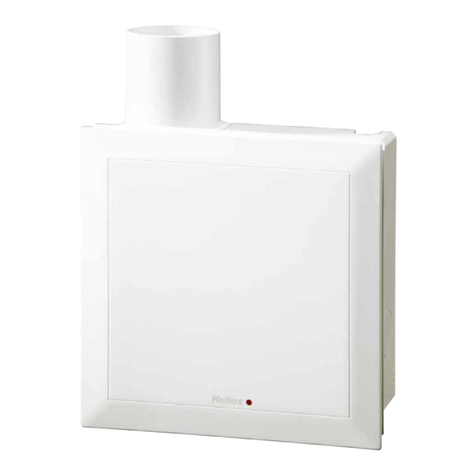
Helios
Helios ultraSilence ELS-GAP Installation and operating instructions
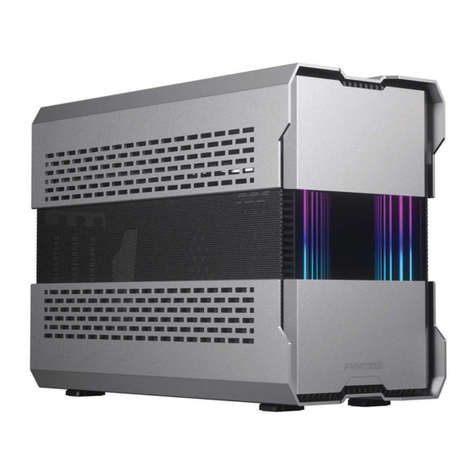
Phanteks
Phanteks EVOLV SHIFT XT user manual
